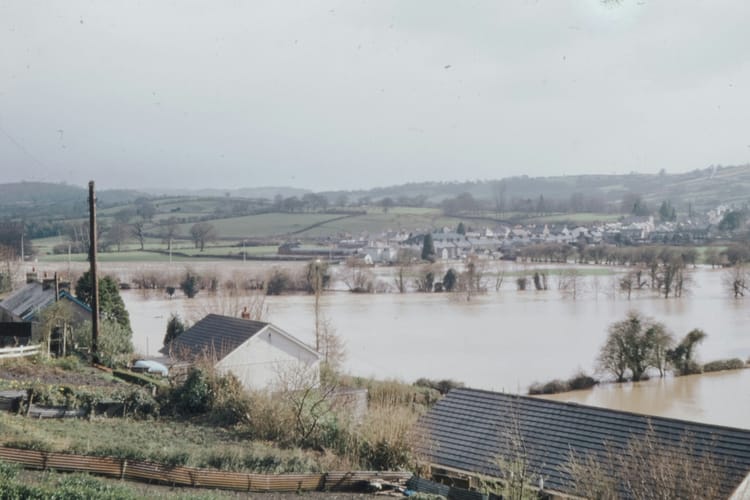Net zero investors now manage $9.5 trillion – are ramping up sustainability engagements

Chief Sustainability Officers (CSOs) at the enterprise level are under mounting pressure from investors to deliver meaningful progress on emissions reduction.
That is showing up in investor data, with a “distinct increase” in investor engagement, said the Net-Zero Asset Owner Alliance (NZAOA) in its annual report.
The UN-convened group, founded in 2019, now has 86 members with $9.5 trillion in assets under management. Their engagement is also driving shifts in investment choices and investee behaviour that is starting to show up in portfolio data.
NZAOA financed emissions fall

NZAOA’s financed GHG emissions data shows that even with the Alliance’s growth, members’ combined absolute financed emissions fell from 221.2 million tons of carbon dioxide equivalent (tCO2e) in 2021 to 213.4 mtCO2e in 2022.
The gravitational pressure here is in no small part contributing to growing demand for experienced Chief Sustainability Officers to lead meaningful business change.
In a 56-page report published quietly on October 18, NZAOA said: “The last year has seen a distinct increase in both targeted collaborative engagements with investee companies and bilateral engagements with asset managers.
“On the whole, members selected a total of 238 engagement KPIs for target setting (an average of slightly more than three selected KPIs per member.”

To comply with the Alliance’s protocol, members must set a target on three out of four of the following target types: sub-portfolio, sector, engagement, and investing in climate solutions. Setting an Engagement target is mandatory for all members.
NZAOA says this is so "every member takes action to support GHG emissions reduction in the real economy, which will in turn lead to asset owner portfolio decarbonisation, as investee companies transition towards low-carbon business models."
That's something it sees as critical given the failure of governments to take the lead on net zero pathways. As the Alliance's third progress reports notes: "Governments’ current policies... imply emissions reductions that fall short from those pledged through their Nationally Determined Contributions (NDCs), which themselves fall short of meeting 1.5°C pathways... There is a clear and urgent need for governments and policymakers, as well as corporates, to establish actions in line with 1.5°C pathways. To encourage this further, the Alliance's Commitment stipulates that members will “advocate for, and engage on, corporate and industry action...”
Arguably strikingly, the majority of the Alliance members are now insurance/reinsurance companies, which make up 60% of member institutions and account for 75% of the Alliance’s AuM. Pension funds make up 17% of AuM.
Among NZAOA's new members are Japan's largest life insurance company Nippon Life, which has pledged to reduce the carbon intensity of Scope 1 and 2 emissions of its listed equities, corporate bonds, and real estate portfolio by an aggressive 49% by 2030 (using 2020 as its base year).
See the full NZAOA progress report here.







Member discussion